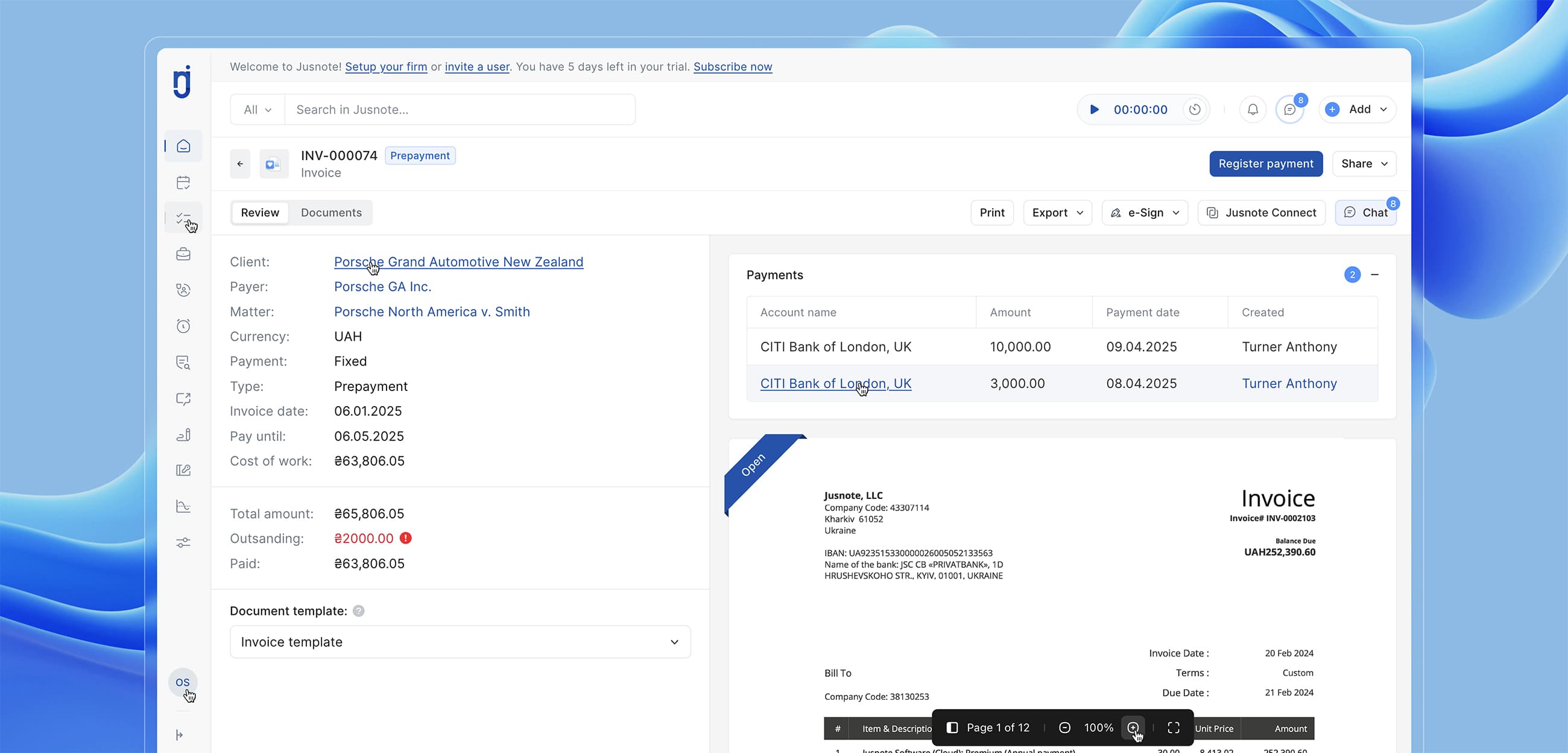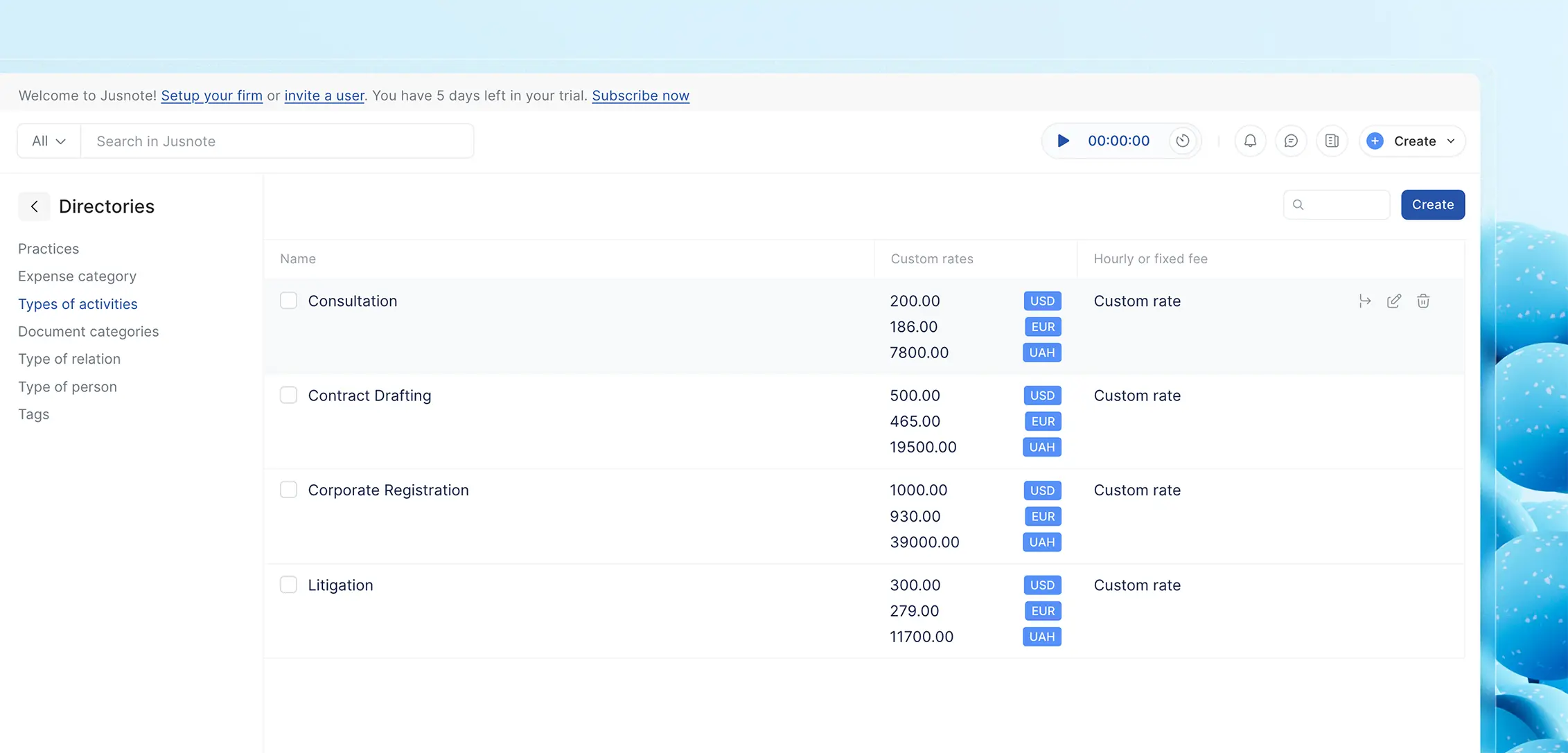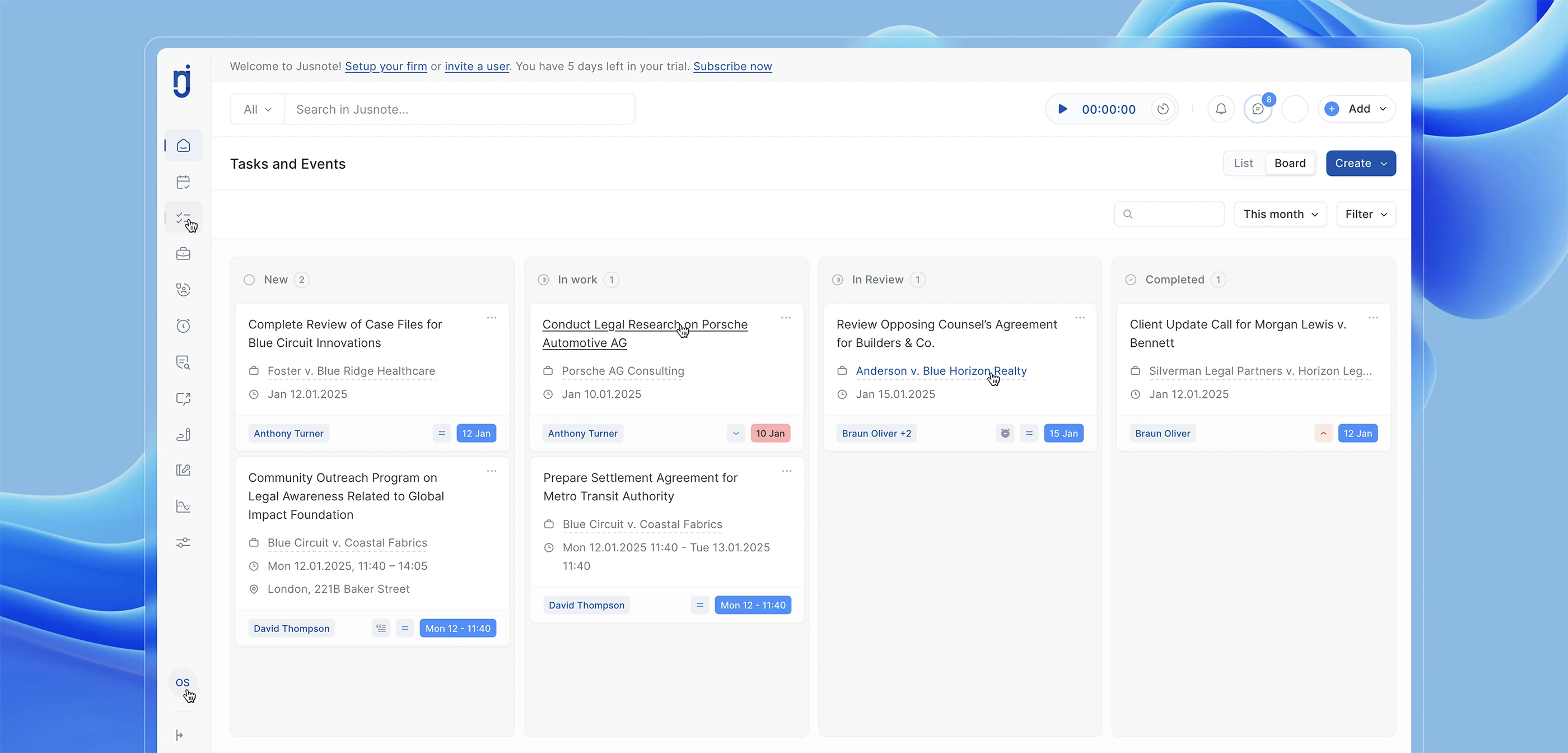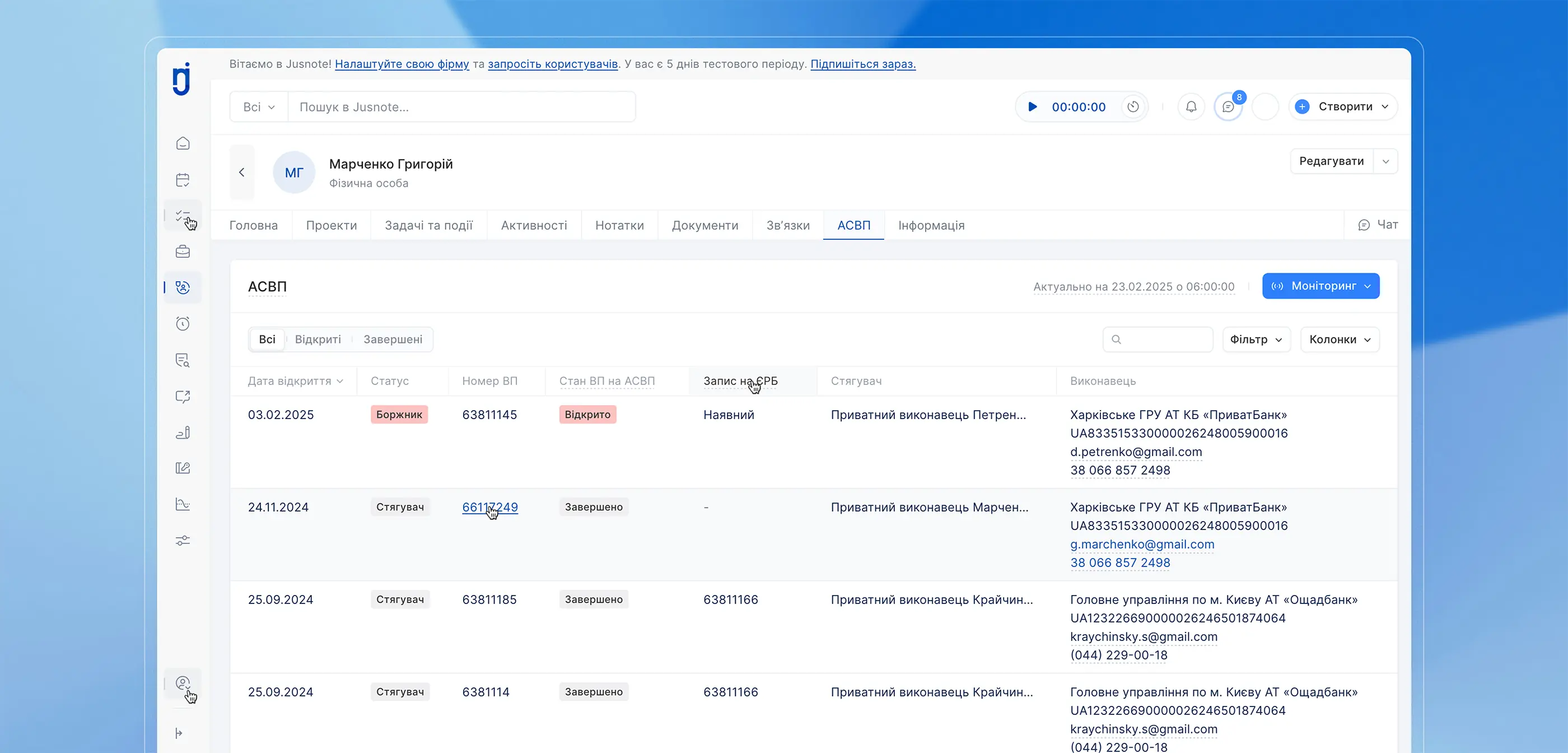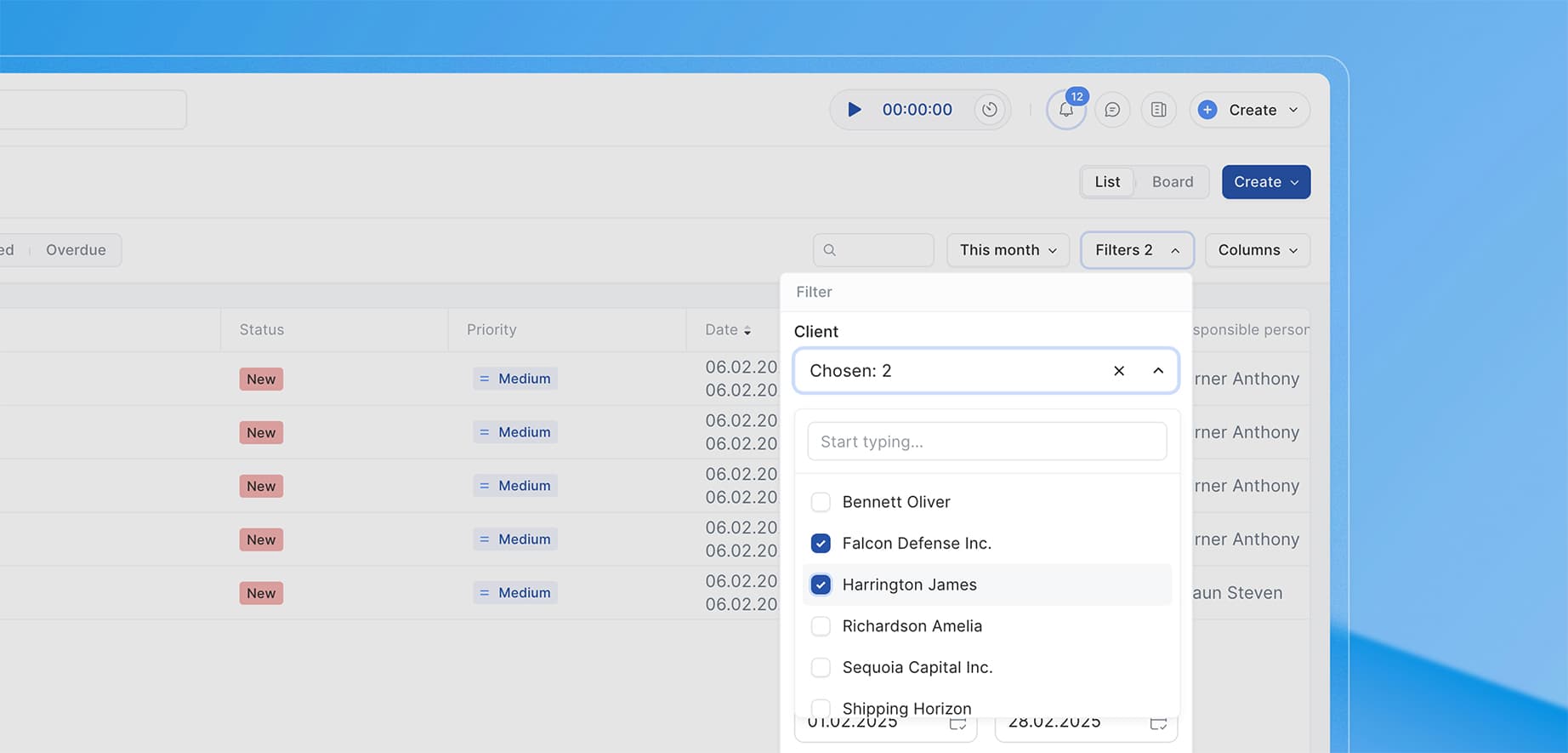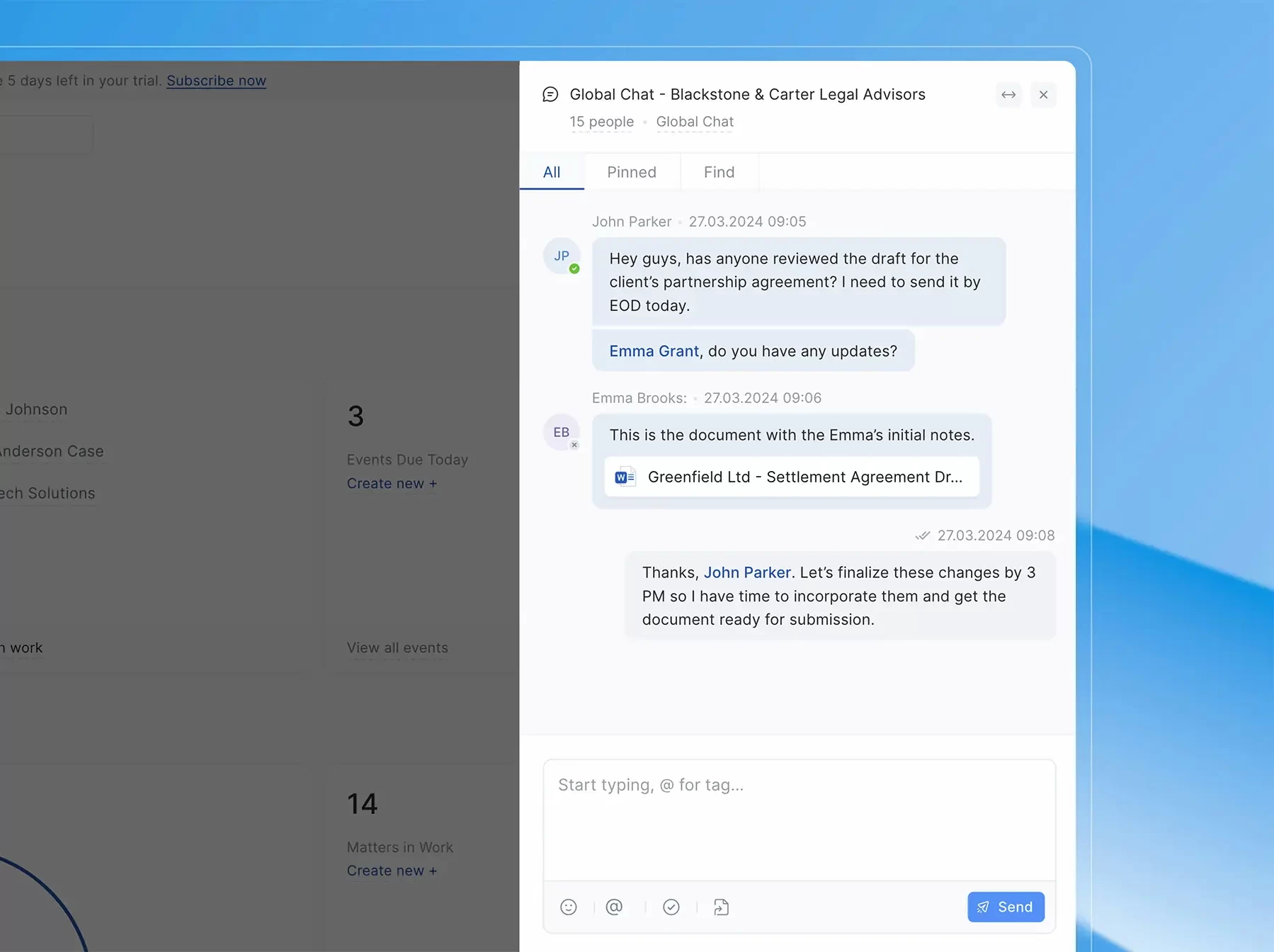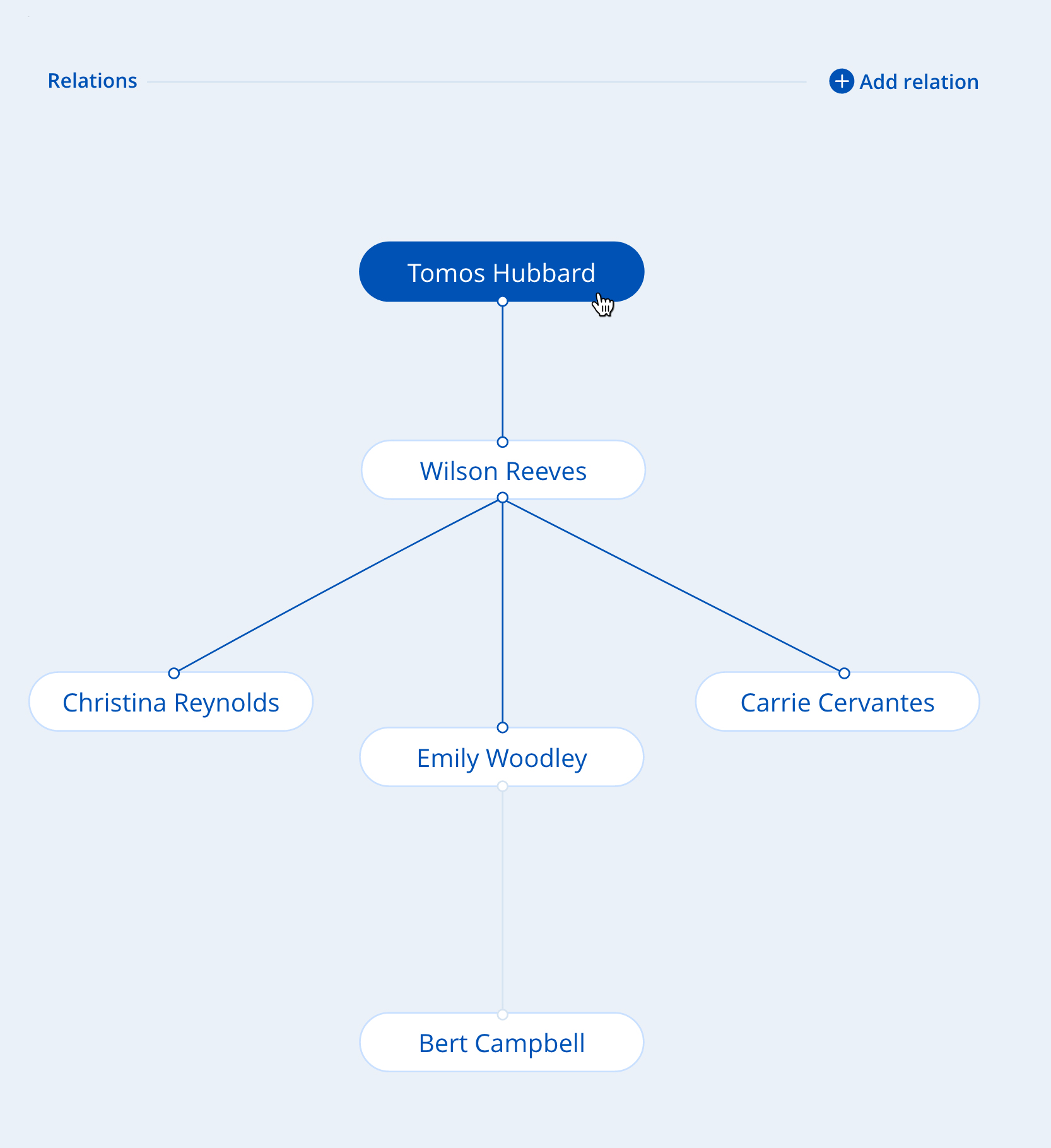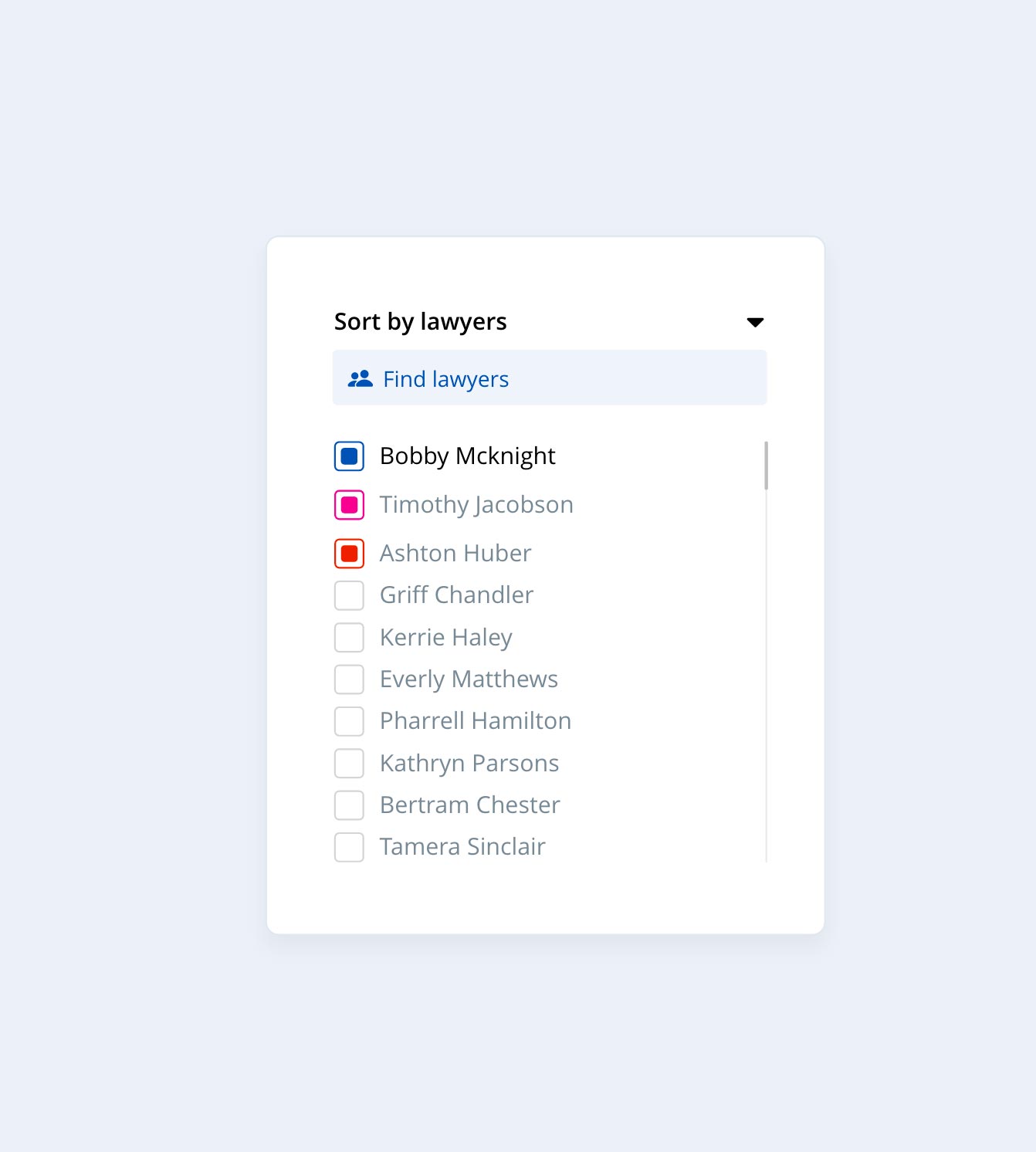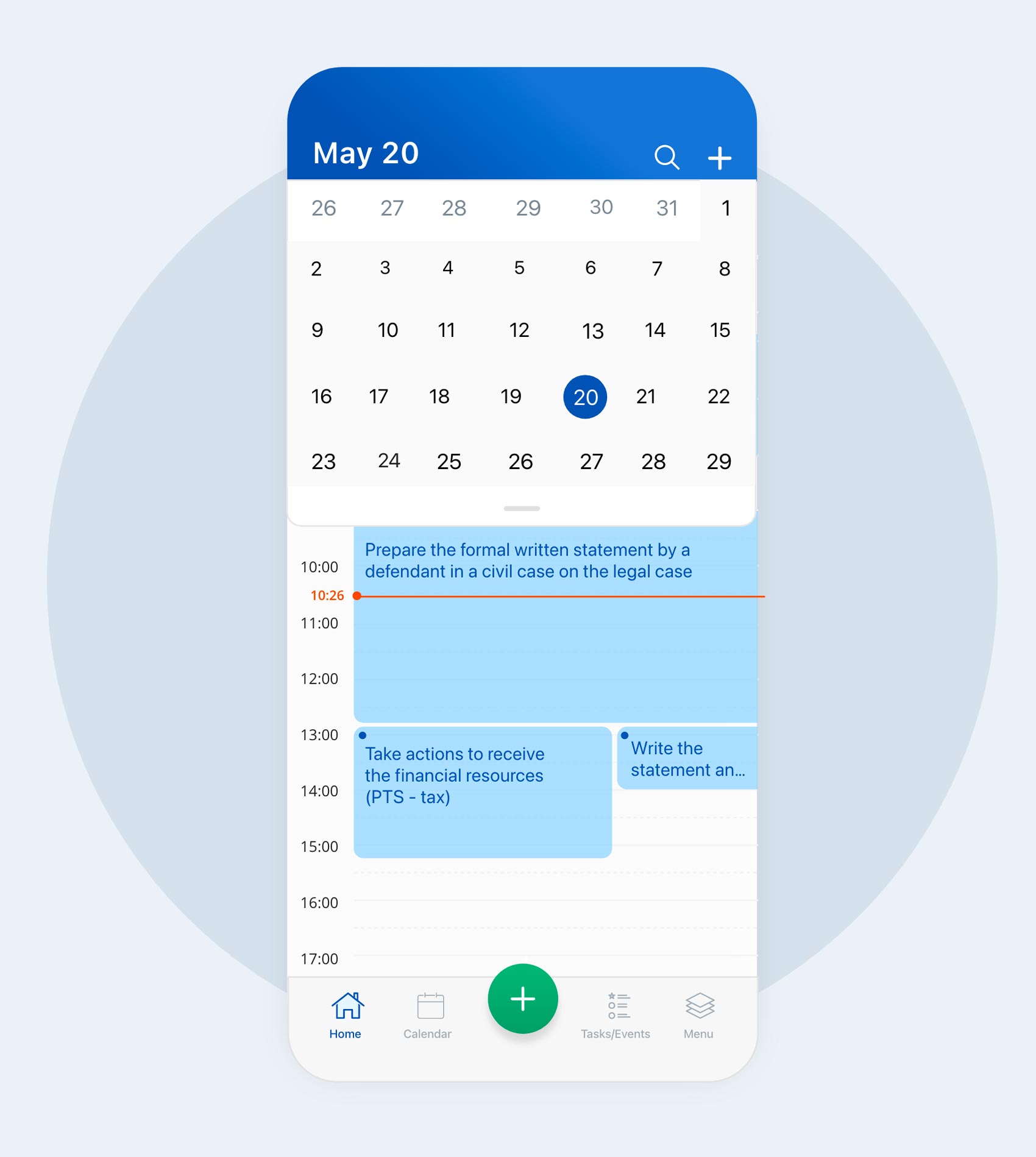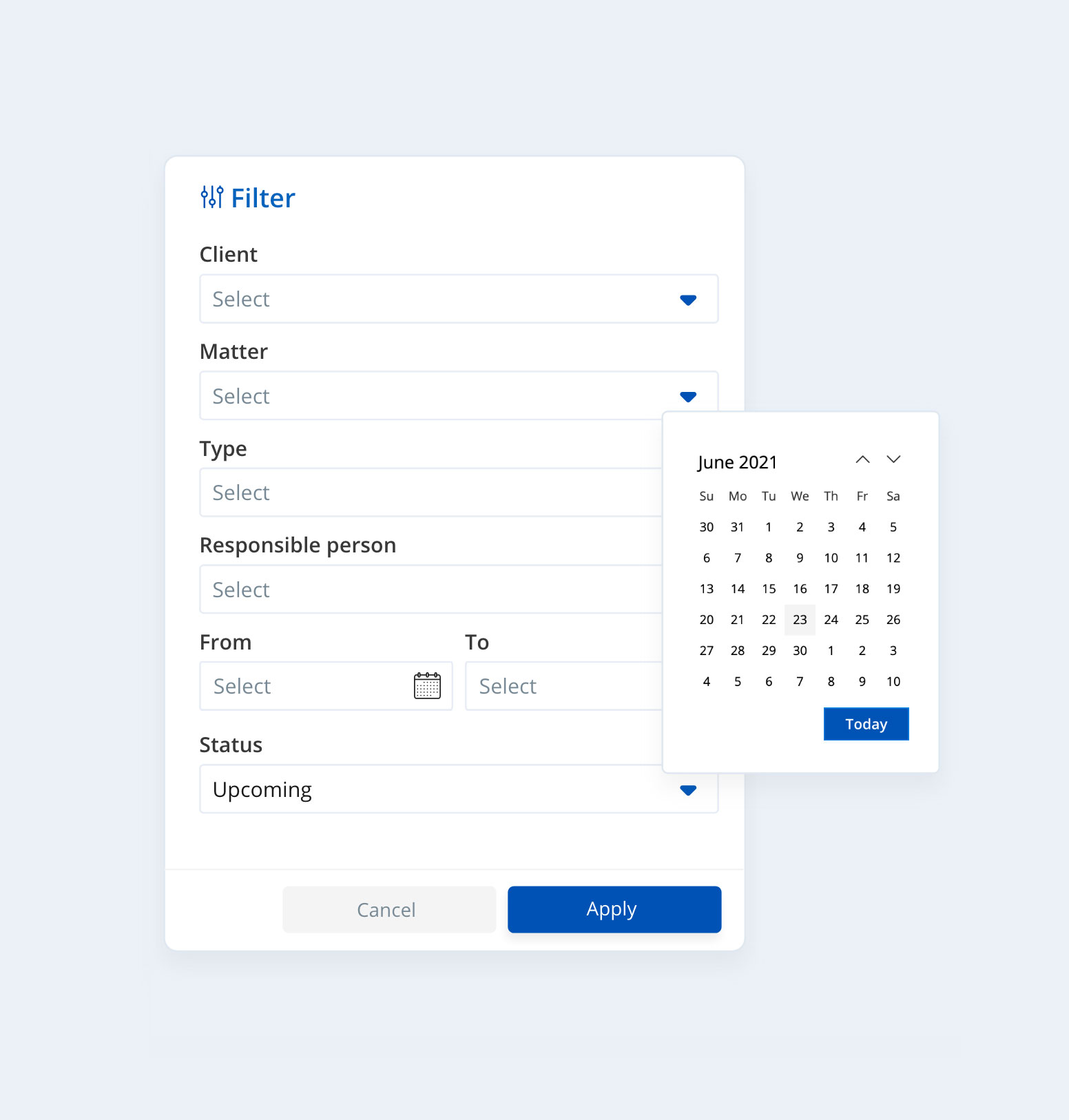What does a legal landing page stand for?
A landing page is a separate, stand-alone web page with specific intent. Behind a legal landing page stands a clear message (call-to-action), which is to increase conversions and boost online traffic.
Visitors can be directed to your landing page in various ways, such as by clicking on a link in an email or a Google ad or visiting a social media account. You can easily differentiate a landing page from a website Landing page drives people to take a single conversion action, like registering for a webinar, scheduling a call with an attorney, booking a legal consultation, downloading a case study, or subscribing to a newsletter.
Why is a landing page more practical in terms of gaining traffic?
If a person has once visited your website and in a while sees your firm’s ad (let’s say, on Facebook) with a “Click here to book a session with a Family lawyer” headline, this will increase the likelihood that the visitor will click on it. Afterward, the person will be guided to your landing page with specific points that are relevant to the client’s interests and a call to action to request a consultation.
However, if a person lands directly on your website, full of various web pages, service descriptions, and an extensive navigation bar, it may distract the client from taking action immediately.
How to measure the effectiveness of your landing page?
First, start by setting a measurable goal, such as increasing the number of new clients in 3 months. Next, you need to analyze the performance of your landing page to determine whether it helps achieve your desired results. To do this, explore some essential metrics to assess your landing page effectiveness.
1. Count your landing page visitors (web page views).
2. Track how long visitors are staying on your landing page (duration). If visitors spend a short time on your landing page, review your content and make your call to action and key messages more specific.
3. Evaluate your bounce rate. This is similar to the previous metric and prompts you to make changes for improved customer experience and loading time.
4. Track where your visitors come from to define the most promising traffic sources. If you see that most clients come from Google ads, you can double your spending on them. With time, you can invest less by focusing on one or a few channels that give you more traffic.
5. Check the conversion rate that shows how many landing page visitors took a specific action.
What are the must-have elements of a high-converting landing page for lawyers?
Landing page design and usability are deciding factors for visitors to remain. Hence look at some landing page elements that will help you generate more conversations:
Single goal
The key attribute of a high-quality landing page is to focus on a single purpose, i.e., schedule a personal consultation with a lawyer, subscribe to a newsletter, download a resource, sign up for a webinar, purchase a lawyer’s service, etc. Once you choose a unique goal (call to action), stick to it through your landing page.
Visualize the client experience from the point a client clicks on your ads with a unique message to the moment the person comes to your landing page. You should keep an eye on the following:
– Support your ads’ claims with the right content
– Provide answers to questions (if you raise any)
– Be consistent in branding and tone of voice, including images, colors, fonts, and button types.
Headlines and subheadings with relevant keywords
A compelling headline that communicates your unique value proposition and includes words that your prospects often type in Google can improve your rankings and bring you more leads. Also, make sure that keywords in your ad campaign and your landing page are in line to be consistent with your legal offer and avoid misinterpretations.
Visuals
Besides adding relevant headings and subheadings, consider what visuals can accentuate the right perception of your messages, attract clients, and let your landing page excel.
Moreover, incorporating a well-optimized video with quality content is good for SEO and can improve your rankings. For example, in the video, you may introduce yourself or your law firm, briefly tell about your expertise, accomplishments, and professional background, or present any topic in your legal niche that your potential clients would be interested to know about.
88% of people say that they’ve been convinced to buy a product or service by watching a brand’s video.
Elements of trust
Your landing page design should include not only well-known elements but also some signs of trust, which significantly helps lawyers or law firms who are still building their reputations. What can these trust signs look like?
– Include your previous or current clients’ testimonials. By reading other people’s experiences, your potential clients may discover that you’re the right lawyer for them, who has already solved cases they have now. Video testimonials can be even more beneficial since video content is easier to consume.
– Showcase the results of your work with other clients (if you get permission from these clients)
– Show off your achievements or awards
Also, if you own a law firm, you can include photos and short bios of your lawyers to showcase your best specialists. You don’t need to put all these elements on your landing page. Adding just one or a few will also increase your authority.
Improve client usability by following landing page design best practices
Many people will scroll your landing page without reading each and every sentence. So understanding what text elements to highlight and where to place the actual content is vital for keeping clients’ attention. Here are some landing page design best practices that will help improve client usability:
#1 Put your attention-grabbing headline above the fold to encourage visitors to scroll forward.
#2 Add a short text below the headline to make your legal offer more detailed for clients.
#3 Add high-quality photos of yourself or your lawyers if you own a firm. Any visuals you integrate into your landing page should look authentic and show natural people’s emotions.
#4 Create a compelling call to action. For example, with the help of A/B testing, you or your dedicated designer can prepare several landing pages with different CTAs, show them to your target audience, and analyze how each of them performs, so that you can choose the most practical CTA.
#5 Adapt your landing page to different screen sizes and make it mobile-friendly. A report from Statista shows that in 2022, there are 6.64 billion smartphone users worldwide, which will increase to 7.5 billion by 2026. In the second quarter of 2022, mobile platforms account for 59% of overall web traffic, which is more than half of the global web traffic. That’s why try to create your landing with its mobile version in mind. Put yourself in your client’s shoes and envision your landing page appearance on a mobile layout. Also, check whether its design and navigation are user-friendly and if your visuals are optimized and resized.
Ensure client data privacy and GDPR compliance
Since you include web forms in your landing page where clients share their personal data, you, as a lawyer, must ensure that you have legal rights to collect and process this data. To comply with the General Data Protection Regulation (GDPR), it’s critical to:
– Add a visible privacy policy (below the fold, for example).
– Use a checkbox for your forms requiring client consent to your privacy policy’s terms.
– Make sure your privacy policy covers all information you ask your clients for.
How Smotrow Design can help you build your legal brand identity
If you need a perfect landing page or website for your law firm, choose a tech vendor that understands the legal market and how it functions. The co-founders of Smotrow Design’s studio are practicing lawyers and know how to make your legal website compelling. For over four years, Smotrow Design has been developing high-quality websites and tech solutions for national law companies and government institutions.
Learn more about the studio on Smotrow Design’s official website.
![]()
Olena Ivanenko
Author, Content Creator at Jusnote



 Jusnote Newsroom
Jusnote Newsroom  Search Newsroom
Search Newsroom
 Back to all publications
Back to all publications

